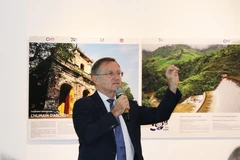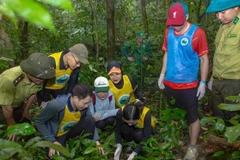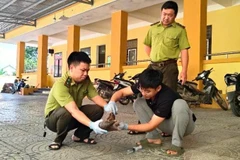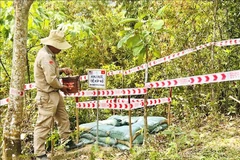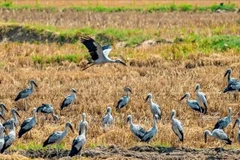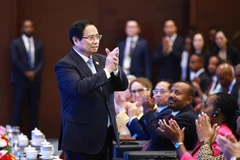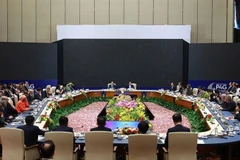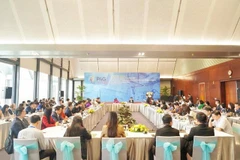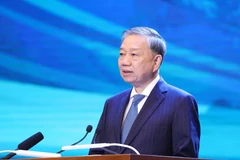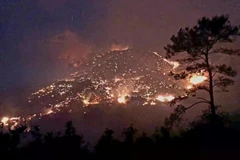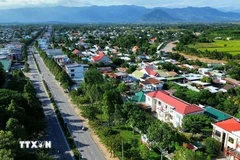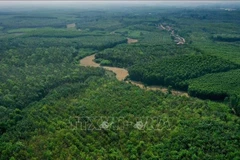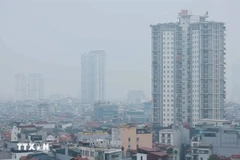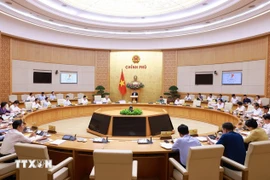Accordingto the Sa Pa Hydrometeorology Station, the danger is likely to lastfour more days. A lack of rainfall is creating a severe shortage ofwater in localities and putting local forests at high risk of fire.
The provincial People’s Committee has instructed the necessary bodiesto strengthen fire prevention efforts in a bid to minimise the risk.
Publicity campaigns have been enhanced in order to raise local residents and tourists’ awareness of the matter.
Last year, two major fires broke out in Hoang Lien, destroying hundreds of hectares of natural forests.
The national park covers the communes of San Sa Ho, Lao Chai, Ta Van,Ban Ho in Sa Pa district and a part of Muong Khoa commune in Lai Chauprovince's Than Uyen district.
The 30,000-ha park was recognised by the ASEAN Secretariat as one of the region’s heritage sites in 2006.-VNA
